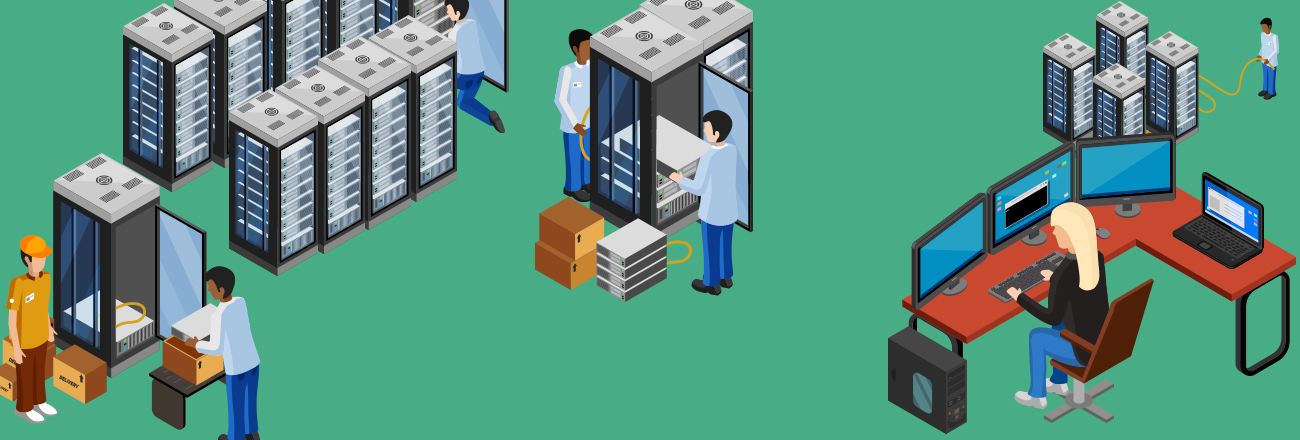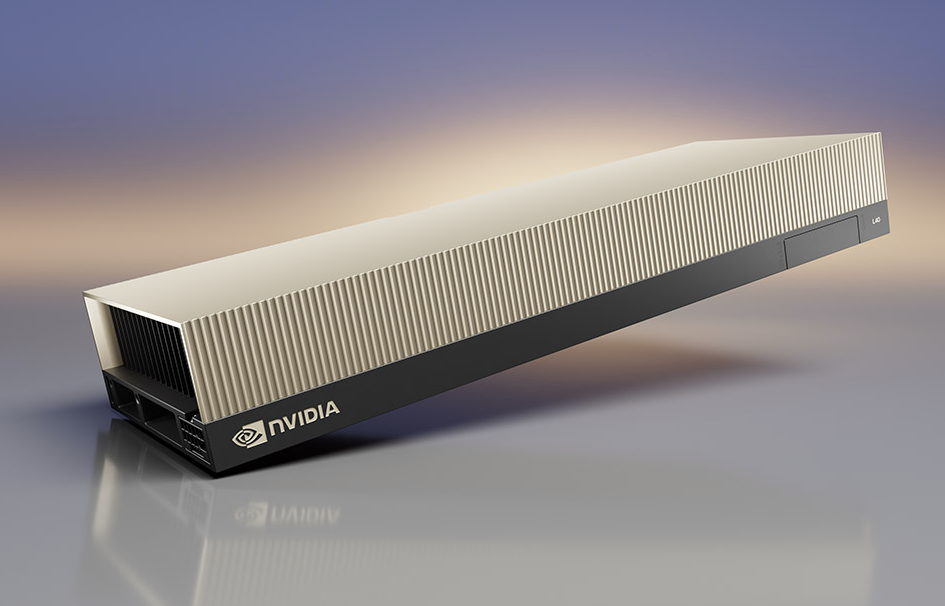Month: December 2013

Security is a central topic and concern in the digital economy. IT security attracts a significant amount of attention because of its business risk and far-reaching consequences, including significant revenue loss, customer loss and legal ramifications. Recent surveys completed in 2013 by accounting firms PwC and EY provide interesting insight into security priorities and future funding plans by corporate America.
In its 2013 survey, “Under cyber attack”, EY interviewed 1900 respondents, primarily C-suite professionals and executives from finance, IT and security. Rated by respondents as a number 1 or 2 priority, the top 3 security concerns include:
- Business continuity/disaster recovery – 68%
- Cyber risks/threats – 62%
- Data leakage/data loss prevention – 56%
Indeed, business continuity/disaster recovery requires considerable foresight and planning. It is essential to understand the business impact in the unfortunate case that disaster strikes. This is more than a theoretical argument as evidenced in the EY survey; 10% of the respondents claimed that the threat of natural disasters has increased risk exposure for their business in the past 12 months. Organizations should set acceptable downtime limits for restoring critical business functions and plan accordingly. Consider the ramifications not only for your business, but for your customers as well, should a worst case scenario occur.
Part of business continuity planning involves the data center. What plans will you have in place for data center recovery? Shortest recovery times may be achieved by establishing a hotsite, an alternate secure facility fully equipped and on stand-by to take over operations. If this level of response is unnecessary, warm or cold sites are possible options. Alternatively, the cloud, public or private, may provide the best solution for your requirements. “PwC’s 5th Annual Digital IQ Survey” shows that 2013 investment in the private and public cloud was expected to increase significantly; we will need to wait and see if this prediction came true, and the extent to which this investment was targeted for business recovery purposes.
Clearly, selecting the appropriate data center recovery option is critical to the success of the overall business continuity plan. To what extent will your corporation develop contingencies for 2014 and beyond?
Explore HorizonIQ
Bare Metal
LEARN MORE
Stay Connected

 Energy Star just released its new guidelines for certifying data center IT equipment. Although no products have yet to be noted specifically by the government agency, this move shows that the organization is being more proactive in regard to data centers. For companies looking to make their facilities more environmentally friendly and obtain LEED certification, this is welcome news that should shape future procurement strategies.
Energy Star just released its new guidelines for certifying data center IT equipment. Although no products have yet to be noted specifically by the government agency, this move shows that the organization is being more proactive in regard to data centers. For companies looking to make their facilities more environmentally friendly and obtain LEED certification, this is welcome news that should shape future procurement strategies.
In particular, Energy Star will now be inspecting and certifying data storage devices. As this type of IT equipment becomes prevalent in conjunction with the rise of big data, the role of storage will grow within data center environments. By applying its energy usage standards and seal of approval to storage arrays, Energy Star is acknowledging this hardware’s new role in the enterprise, making these certifications critical for data centers striving to become more environmentally friendly.
Energy Star is a joint initiative between the U.S. Environmental Protection Agency and the Department of Energy. The organization is one of the biggest names in the energy efficiency field, and their green stamp of approval carries a lot of weight for consumers and enterprise procurement strategists.
Calculating the Real Cost of Green Certifications
Companies are under pressure to make sure their data centers are as eco-friendly as possible, as reports released over the last few years paint these facilities as energy hogs. Uptime is the top concern for any IT department, but environmental standards and electricity usage are a close second.
“Online storage systems are designed to be on all the time and use approximately 80% of their peak energy capacity while simply idling their spinning drives,” the government agency stated. “Additionally, most storage products exhibit a characteristic power/performance curve with increasing efficiency up to some size, then a drop off after passing their optimal peak. The ENERGY STAR specification recognizes products that perform well around this peak point, so labeled products perform near their optimal peak. The specification also requires the use of energy efficient power supplies and power consumption reporting. It promotes the use of capacity optimization methods and adaptive active cooling where appropriate for end users.”
Not only will using Energy Star-certified IT equipment allow data centers to significantly reduce annual electricity bills, having this IT hardware in place will make it easier for a facility to achieve LEED certification. Created by the U.S. Green Building Council, the various tiers of LEED certification serve to signify just how eco-friendly a data center or other building is. While the state of the IT equipment inside a data center is only one of the many factors the GBC takes into account, having energy-efficient hardware will go a long way toward helping the facility achieve this goal.
“LEED certification, which includes a rigorous third-party commissioning process, offers compelling proof to you, your clients, your peers and the public at large that you’ve achieved your environmental goals and your building is performing as designed,” the National Resources Defense Council noted. “Getting certified allows you to take advantage of a growing number of state and local government incentives, and can help boost press interest in your project.”
Explore HorizonIQ
Bare Metal
LEARN MORE
Stay Connected

 These are exciting times at Internap! Our acquisition of iWeb is now closed, and we also recently launched the beta availability of our next generation AgileCLOUD. These milestones position Internap as a top pure-play IT infrastructure services provider – truly a reason to be excited about the future!
These are exciting times at Internap! Our acquisition of iWeb is now closed, and we also recently launched the beta availability of our next generation AgileCLOUD. These milestones position Internap as a top pure-play IT infrastructure services provider – truly a reason to be excited about the future!
In addition to these milestones, Internap is pleased to announce Joseph Stagliano as our new Vice President of Global Channel Sales. Joe brings more than 12 years of experience in channel development and management to Internap, as well as relationships with most of the major agents. Joe’s unique combination of technical expertise and sales leadership gives Internap an opportunity to build on the accomplishments of our channel program and continue to nurture and grow our relationships with partners. While Joe will be a busy man here at Internap, we’ll make sure he has time for the occasional golf game – and most importantly, time with his two children at home in New York.
With the iWeb team as part of our arsenal, and with Joe’s extensive background and experience, 2014 is going to be a great year here at Internap.
Welcome to the team, Joe! We hope you’re as excited as we are for what lies ahead.
Explore HorizonIQ
Bare Metal
LEARN MORE
Stay Connected

 Cloud Spectator, an international cloud analyst group, produces research reports that focus on infrastructure pricing and server performance to help businesses make informed purchase decisions. Their latest report includes test results comparing Internap’s bare-metal cloud with virtual offerings from Amazon and Rackspace. The results? Bare-metal servers outperformed comparable virtualized servers by a significant margin in most tests.
Cloud Spectator, an international cloud analyst group, produces research reports that focus on infrastructure pricing and server performance to help businesses make informed purchase decisions. Their latest report includes test results comparing Internap’s bare-metal cloud with virtual offerings from Amazon and Rackspace. The results? Bare-metal servers outperformed comparable virtualized servers by a significant margin in most tests.
To be honest, we at Internap expected bare-metal cloud to deliver better results than its virtualized counterparts. While a single-tenant environment will generally provide more processing power than a comparable multi-tenant environment, we were astounded at how much better the bare-metal servers performed. The Cloud Spectator report highlights this performance gap, and we hope IT decision makers find these tests helpful when evaluating cloud solutions.
Bare metal vs virtualization
Unlike virtual servers, bare-metal servers don’t have a hypervisor, making the entire physical server dedicated to a single tenant. Like virtual IaaS cloud instances, bare-metal servers can be self-provisioned via an API or portal, giving users the ability to scale up or down as needed. Bare metal applies the flexibility and agility of the cloud to physical servers.
So what does this tell us? Organizations that rely on virtualized cloud environments now have the option to use dedicated servers in the same way that they currently use an IaaS cloud server. For data-intensive applications that require direct access to physical hardware, bare-metal cloud offers the ability to better manage your workload. Based on scenarios from our customers, moving from a virtualized cloud environment to bare metal can increase performance and make costs more predictable.
Price matters
All businesses, large or small, have to justify their purchase decisions. Bare-metal servers allow you to spend less money and get better performance. Even if your workload doesn’t need superior performance, bare metal can reduce your overall server count and give you better control over server usage, which translates to reduced costs. For IT decision makers who need to get the most bang for their buck, bare-metal cloud is a great option.
Download the Cloud Spectator report to see how bare-metal cloud stacks up against virtualized cloud environments.
Explore HorizonIQ
Bare Metal
LEARN MORE
Stay Connected

One of the most frequent questions that I receive from potential clients looking for their first dedicated server is, “What is the difference between a managed and an unmanaged server?” My first thought is always, “If you don’t know, you need a managed server,” but I always try to be a little more helpful than that.
Generally, with an unmanaged server, we set up the hardware, install the OS and a control panel if one is ordered and maintain the network and hardware. Things like installing scripts and software, troubleshooting configuration issues, setting up firewall rules, etc. are all up to the client. Many of our clients have years of experience working with servers and have no problems with this; I hear from them maybe once or twice a year when they put in a ticket for a reboot and that is it. Even for those clients I recommend our monitoring services, but as far as support goes, they don’t generally need it.
The clients that come to me for their first dedicated server are often in a different boat. Some are developers that have written a web app they are looking to launch, some are growing e-commerce sites which have surpassed the resources of the shared hosting accounts that they started with, and some are businesses just looking for a stable platform to host their company website. This type of client wants a platform that just works so that they can do their thing, and they are the perfect candidates for managed services.
With managed servers, we provide four major services and several other optional services. The main four are:
General Managed Services
General Managed Web Hosting Services is designed for organizations that do not have 24-hour IT staffing, and need support for web hosting services, as well as control panel troubleshooting.
| IMAP, POP & SMTP E-mail Services | |
| DNS (bind) | |
| HTTPD (Apache, IIS) | |
| Apache Addons and Modules | |
| MySQL Configuration | |
| Java/JSP/Tomcat Configuration | |
| Various Third-party Scripts (contact us for a list) | |
| Control Panel Updates (only cPanel/WHM and PLESK) | |
QuickReaction Monitoring Service
QuickReaction Monitoring is designed for organizations that need immediate assistance whenever your dedicated website hosting server is down. By selecting QuickReaction Monitoring, your managed dedicated server will be added into our monitoring systems; which are run 24 hours a day, and are additionally viewed by our administrators. If your managed server hosting and dedicated website hosting appears to be down, our administrators will troubleshoot, to the best our ability, your managed server, and attempt to bring everything back online to ensure uninterrupted service.
| Monitored Service | Frequency | |
|---|---|---|
| Hardware | every 2 minutes | |
| HTTP | every 1 minute | |
| FTP | every 1 minute | |
| DNS | every 1 minute | |
| SMTP/POP/IMAP | every 2 minutes | |
| MySQL | every 1 minute | |
| Ping Test | every 1 minute |
Kernel and OS security updates
Whether you select a Linux Dedicated Server or a Windows Dedicated Server, our Kernel & OS Updates Managed Service will constantly keep your server up-to-date, which is essential for security. It’s important to both the integrity of our network, and particularly the reliability of your managed web hosting server to always have the latest updates and patches applied to the software that you’re using.
This service insures that your software is always up-to-date and secure. While we cannot protect against weak passwords or insecure scripts running on the server, it will insure that the operating system is patched to the latest released version of the Kernel which HorizonIQ considers stable.
By being Open Source Community Sponsor of Kernel.org, Cent OS Foundation and a mirror sponsor for cPanel, we are able to have access to the latest versions of the Linux Kernel, cPanel, and other products quickly — and we are able to update your dedicated servers software via our internal network, saving time and bandwidth.
Event Notification Monitoring Service
Event Notifications are conducted by a custom configuration of Nagios monitoring system, which is an open-source monitoring application used by some of the most critical organizations in the world. This advanced Dedicated Hosting monitoring system is used in our network operations center, and will alert you when services for the dedicated hosting server you specify are unreachable.
| Monitored Service | Frequency | |
|---|---|---|
| Hardware | every 2 minutes | |
| HTTP | every 1 minute | |
| FTP | every 1 minute | |
| DNS | every 1 minute | |
| SMTP/POP/IMAP | every 2 minutes | |
| MySQL | every 1 minute | |
| Ping Test | every 1 minute |
Overall, when compared to an unmanaged server, HorizonIQ’s comprehensive managed server solutions can provide an easy, nearly hands-off approach to your dedicated server. That brings me to my final point: the term “Managed Server” has no real definition, it is defined only by the services offered by each company — so make sure that all your hosting needs are being fully met by what your web host provider is offering.





